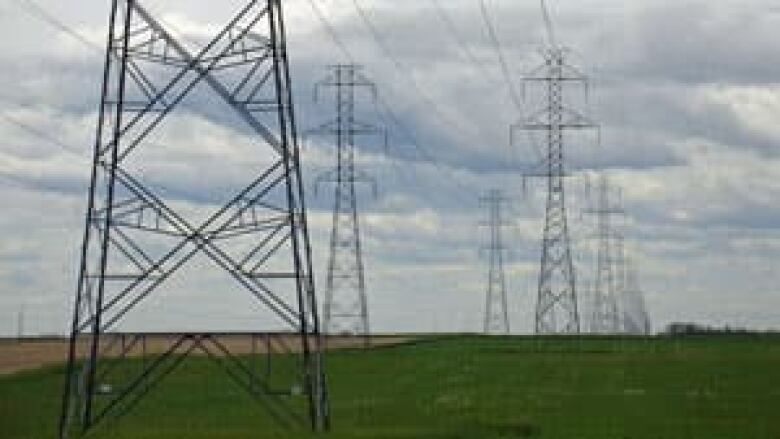Satellites need protection as 'critical infrastructure,' military says
Failure of key satellite in 2011 cited as military seeks to improve reliability of space hardware

The military's research arm is looking for better ways to protect satellites from catastrophic failure after a 2011 space incident exposed Canada's vulnerability to communications collapse.
Defence Research and Development Canada is launching an initiative with the private sector to improve the reliability of satellites threatened by space debris, harmful radiation and even software glitches that can shut down essential services, from internet access to airline flights.

"Canada does not currently specifically identify space systems as CI [critical infrastructure], however it is noted that space systems do have a highly important role to play in many CI sectors," Patrick Gavigan told the International Astronautical Congress in mid-October.
Private sector needs a push
"This approach points to the importance of public and private sector partnerships to ensure that systems are as resilient as possible, as market forces alone are not sufficient to push companies."
Gavigan cited an incident on Oct. 6, 2011, when the Anik F2 satellite owned by Telesat Canada was given a problematicsoftware update that knocked it out of commission for a day.
The failure wiped out communications in the Northwest Territories, Nunavut, Yukon and northern Ontario, including long-distance telephone, internet, banking-machine transactions, mobile phones and television services. RCMP, medical and emergency officials were forced to use Iridium satellite phones, and regional airline First Air had to cancel 48 flights.
Of particular concern was the impact on air travel.- Defence scientist Patrick Gavigan
"Of particular concern was the impact on air travel, resulting implications for emergency medical travel and the availability of food and other supplies in the community," Gavigan said, referring to a post-incident analysis by the government of Nunavut.
The Anik F2 failure highlighted a "cascade effect" as various dependent systems shut down, similar to previous Anik satellite failures in 1994.
"Space is certainly a very important part of our day-to-day lives," Gavigan said in an interview from his Ottawa office. "Can we draw on lessons from how we manage [critical infrastructure]and can we apply these types of lessons to space?"

"As the government of Canada does not operate these spacecraft directly, the government's role of ensuring that the public interest is satisfied must work in the context of the relationship with the private sector operators of the space systems," Gavigan said.
Find common ground
The military's next step is to solicit information from the private sector about how to share reliability-testing technology and methods so all space systems can benefit, rather than rely on the current balkanized approach where each corporation tends to its own orbiting hardware.
"I'm in the process of reaching out to companies," saidGavigan, who has previously researched ways in which satellites can move safely out of the path of space debris with just three days' notice.
"Admittedly, it's early stages, but what I'm hoping to do is to try to find common ground."

The Canadian Space Agencyreceivesabout one alert each month about space-debris threats to its satellites, including two Radarsats, the NEOSSatand its agingSCISAT-1. The satellites more often require manoeuvresto avoid collisions.












_(720p).jpg)


 OFFICIAL HD MUSIC VIDEO.jpg)
.jpg)



























































































